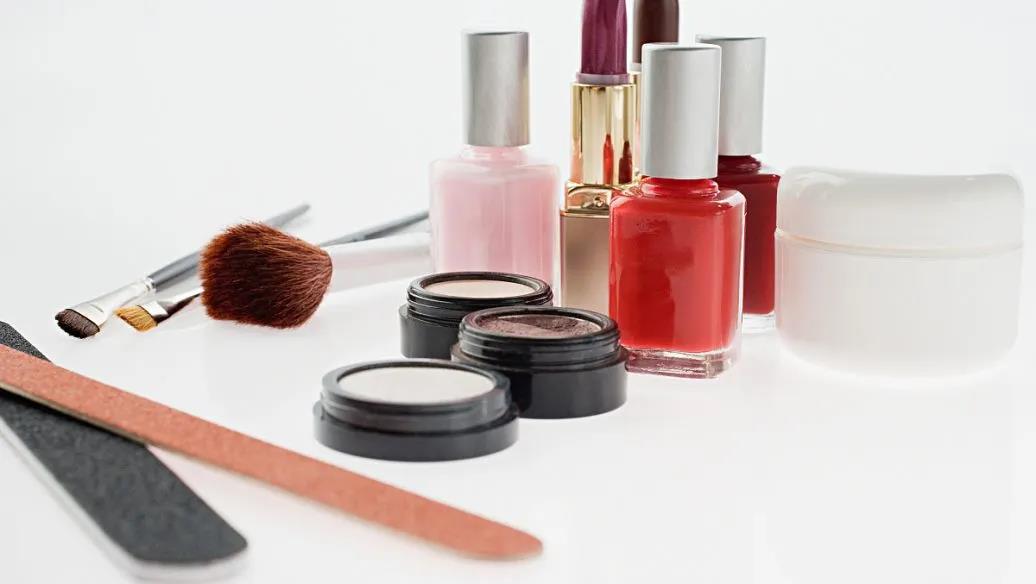Cosmetic packaging materials used are usually glass, metal and plastic, plastic materials due to low prices, easy processing, suitable for mass production and other characteristics, has become the main material for cosmetic packaging, plastic packaging currently occupies more than 70% of the cosmetic market share.
With the application of biodegradable materials in many fields, the research of biodegradable cosmetic packaging materials has attracted the high attention of researchers, and the promotion of safe and biodegradable cosmetic packaging materials has become one of the future development directions of the cosmetic packaging industry.
Current status of biodegradable materials in cosmetic packaging
Biodegradable cosmetic packaging materials are now available for rigid packaging of cosmetics such as creams and lipsticks. Due to the special nature of cosmetics themselves, not only do they need to have a unique appearance, but also packaging that meets their special functions.
For example, the inherent instability of cosmetic ingredients is close to that of food, so cosmetic packaging needs to provide more effective barrier properties while maintaining cosmetic properties. On the one hand, it needs to be completely isolated from light and air to avoid oxidation of the product and the entry of bacteria and other microorganisms into the product, and on the other hand, it should avoid the active ingredients in the cosmetics being adsorbed by the packaging material or reacting with it during the storage process, which affects the safety and quality of the cosmetics. In addition, cosmetic packaging has high biosafety requirements because certain harmful substances may be leached out of the cosmetic packaging additions, thus causing the cosmetics to be contaminated.
PLA in the field of cosmetic packaging
PLA material has good processability and biocompatibility, and is the main biodegradable packaging material for cosmetics in use today.

PLA material has good rigidity and mechanical resistance, and is a good material for rigid cosmetic packaging, but the high brittleness of PLA products may affect their practical applications, so some scholars have mixed PLA with other polyesters, such as polybutylene adipate a total of butylene terephthalate (PBAT), and found that it can significantly reduce the brittleness of the product and increase the elasticity of the packaging. After blending PLA with polycarbonate (PC), it was found that the elastic modulus could be further improved by adding cellulose to the blended substance.
The use of plasticizers is also a strategy to improve the packaging ductility and toughness of PLA materials, especially critical in flexible packaging formulations. Plasticizers can lower the glass transition temperature of PLA to achieve lower yield stress and higher elongation at break at room temperature to improve the flexibility of the film material. Tributyl acetyl citrate, triacetate and oligoether, oligolactate and oligoadipate have been reported in the literature as efficient plasticizers that can be used in PLA materials. Since cosmetic products are usually liquid or paste, the barrier performance of PLA material packaging is required to be high, and inorganic additives can be used to improve the barrier performance of the packaging material. It was shown that the use of small amounts of layered silicates could significantly improve the overall barrier properties of PLA packaging. 2 organically modified clays were used in the study by Jorda. Beneyto et al. to produce hydrophobically modified montmorillonite, resulting in better compatibility between biopolymers and nanoclay materials.
The improvement of nanotechnology for PLA materials is also one of the hot topics of current research. The incorporation of nano-CaCO3, nano-BaSO4 and nano-TiO2 into PLA materials can improve the mechanical properties of polymer materials and also act as nucleating agents to improve the crystallization of polymers.
Although nanomaterials are not currently available for application in food packaging, these nanocomposites have been tested in the European FP7BioBeauty project for use in the cosmetic sector. In this project, PLA nanoclay composites were used as research objects to clarify the dermal toxicity of substances that may migrate from this composite into cosmetics, and to assess the potential hazards that may arise from the use of these composites for cosmetic packaging applications. This study shows that this nanocomposite can be safely used in cosmetic packaging and meet the relevant regulatory requirements.
In addition, the solvents used in cosmetics are often grease or water, and the durability of cosmetic packaging made of PLA under water and grease conditions may be affected by its tendency to hydrolyze, so the hydrolysis kinetics of PLA materials is another hot topic of research.
Zhang et al. compared the hydrolytic degradation behavior of nonionic nanocrystalline cellulose (NCC) PLA nanocomposites and polyethylene glycol (PEG) PLA nanocomposites. The results showed that the presence of hydrophilic PEG significantly accelerated the hydrolytic degradation of PLA, which was associated with the rapid dissolution of PEG in the material, leading to the easy entry of water molecules into the composite and triggering the rapid hydrolytic chain breakage of PLA. the thermal stability of NCC was poor, and the thermal degradation temperature of the nanocomposite was slightly decreased compared to that of pure PLA.

